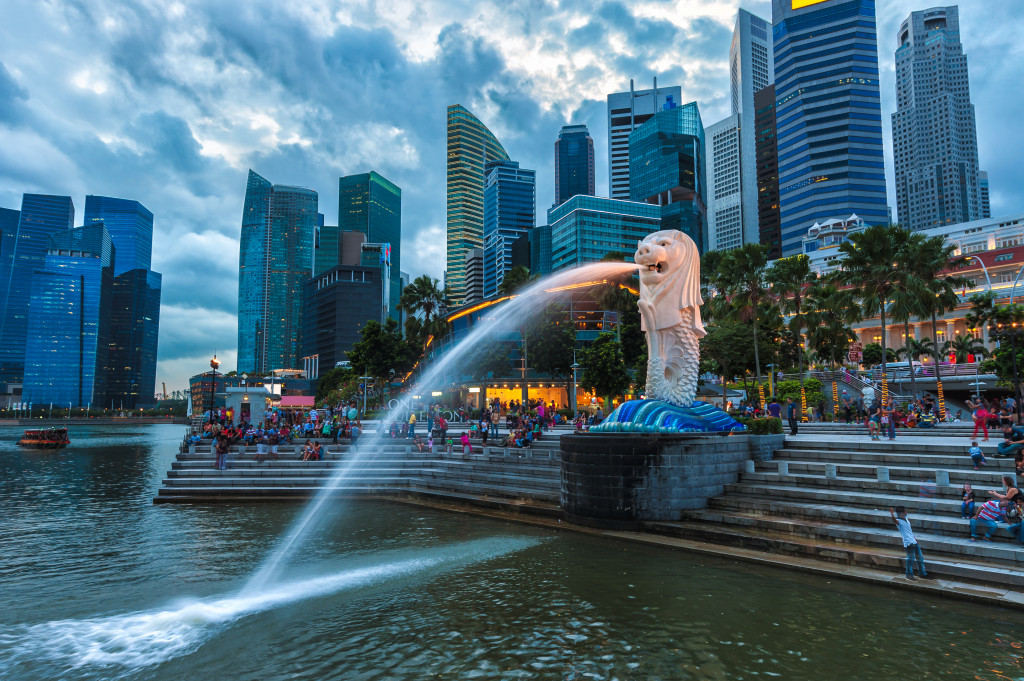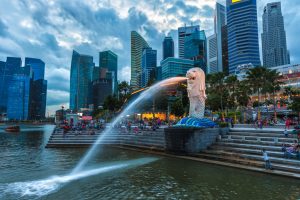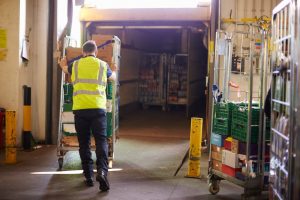- Singapore’s logistics industry can promote sustainability through emissions reduction, route optimization, and regular vehicle maintenance.
- Adopting renewable energy sources like solar and wind can significantly lessen environmental impact.
- Cooperation with environmentally friendly partners and suppliers can extend sustainability efforts across the supply chain.
- Reducing waste and embracing circular economy practices can significantly decrease the industry’s carbon footprint.
- Singapore’s logistics industry can foster a sustainable future through collective effort and responsibility.
Singapore has built a reputation in the logistics industry as a global hub, but with that status comes responsibility. With concerns growing over climate change, there is an increasing need to promote sustainability in the industry.
While some businesses have already taken steps to reduce their carbon footprint, there is still a long way to go. This blog post will discuss some practical steps Singapore businesses can take to promote sustainability in the logistics industry.

Reduce Emissions
One of the biggest ways businesses can promote sustainability is by reducing emissions. Businesses can achieve this by looking for a low-emission, modern forklift for sale. These forklifts use electric or alternative fuel sources instead of traditional diesel or gasoline, reducing harmful emissions released into the atmosphere.
Regular Vehicle Maintenance
Embracing a policy of regular vehicle maintenance is another essential measure. Maintained vehicles tend to operate more efficiently, thus emitting fewer pollutants. Lastly, training drivers in eco-driving techniques such as smooth acceleration and deceleration can substantially improve fuel economy and lower emissions. All these steps, while seemingly small, can collectively make a significant impact on reducing the carbon footprint of the logistics industry.
Optimize Transport Routes
Optimizing transport routes is another way to promote sustainability in the logistics industry. By using logistics software, businesses can identify the most efficient delivery routes. This can reduce the number of vehicles on the road, reducing carbon emissions. Not only does this contribute to the environment, but optimizing distribution also reduces delivery costs.
Use of Technology in Route Optimization
Technological innovations have transformed the way businesses optimize transport routes. GPS tracking systems, for instance, enable real-time tracking of delivery vehicles, allowing for immediate rerouting in cases of unexpected traffic congestion or road closures. Similarly, predictive analytics tools can forecast potential logistical challenges based on historical data, thus enabling preemptive route optimization.
Artificial Intelligence
Integrating artificial intelligence (AI) into logistics has also been a game-changer. AI algorithms can process vast amounts of data to suggest optimal routes, considering traffic patterns, weather conditions, and delivery priorities. By leveraging such technologies, logistics businesses in Singapore can further optimize their transport routes, contributing to significant reductions in carbon emissions and operational costs.
Use Renewable Energy Sources
Energy consumption is another significant aspect to consider when promoting sustainability. Warehouses and distribution centers require a lot of energy, from lighting and climate control to machine power. Instead of using non-renewable energy sources, businesses can tap into renewable energy sources like solar panels and wind turbines. These not only contribute to a more sustainable environment but can also save businesses money on energy bills.
Adoption of Solar Energy
Solar power, in particular, has emerged as a viable alternative energy source for logistics companies. By installing solar panels on warehouse rooftops, businesses can convert ample sunlight into usable energy to power their operations. The excess energy generated can also be sold back to the grid, creating an additional source of income.
Wind Energy
Wind energy is another renewable source that can be harnessed, especially in areas with consistent wind patterns. Deploying wind turbines at strategic locations within the logistics premises can provide a steady power supply to the facilities.
Work with Environmentally-Friendly Partners
As a business owner, one of the decisions you must make is who you work with across the supply chain. When promoting sustainability, working with an environmentally-conscious partner is crucial. By working with partners who share your goals of promoting sustainability, you can leverage that synergy to make more significant steps toward achieving sustainability. Working with green partners promotes sustainability and creates a competitive edge for your business.
Partnering with Green Suppliers
Choosing suppliers prioritizing green practices is a powerful way to extend your business’s sustainability efforts. You can look for suppliers who have robust recycling programs, energy-efficient facilities, or those who source their products sustainably. By aligning with these suppliers, you can ensure that the products you use or sell are created with minimal environmental impact, further enhancing your company’s sustainability profile.

Reduce Waste
The logistics industry generates a lot of waste, which heavily contributes to the generation of greenhouse gas emissions. To promote sustainability, businesses can reduce, reuse, and recycle. This can be done by reducing packaging, investing in reusable containers, and recycling used materials. Businesses can audit their waste generation and reduce their carbon footprint significantly.
Adopting Circular Economy Practices
Another way to reduce waste is by adopting circular economy practices. This involves keeping materials and products in use for as long as possible, minimizing the need for new resources. It also includes repairing and refurbishing used goods, repurposing materials, and recycling them at end-of-life.
Building a sustainable logistics industry requires a concerted effort and collective responsibility from businesses, the government, and societies. While Singapore has already taken significant steps towards sustainability, much more can still be done. By identifying ways to reduce emissions, optimizing transportation routes, tapping into renewable energy, working with eco-friendly partners, and reducing waste, Singapore businesses can promote sustainability in the logistics industry, reduce operating costs, and gain a competitive edge. By investing in sustainability, the logistics industry can meet the demands of a more environmentally conscious society, ensure a sustainable future, and help positively impact the world.




